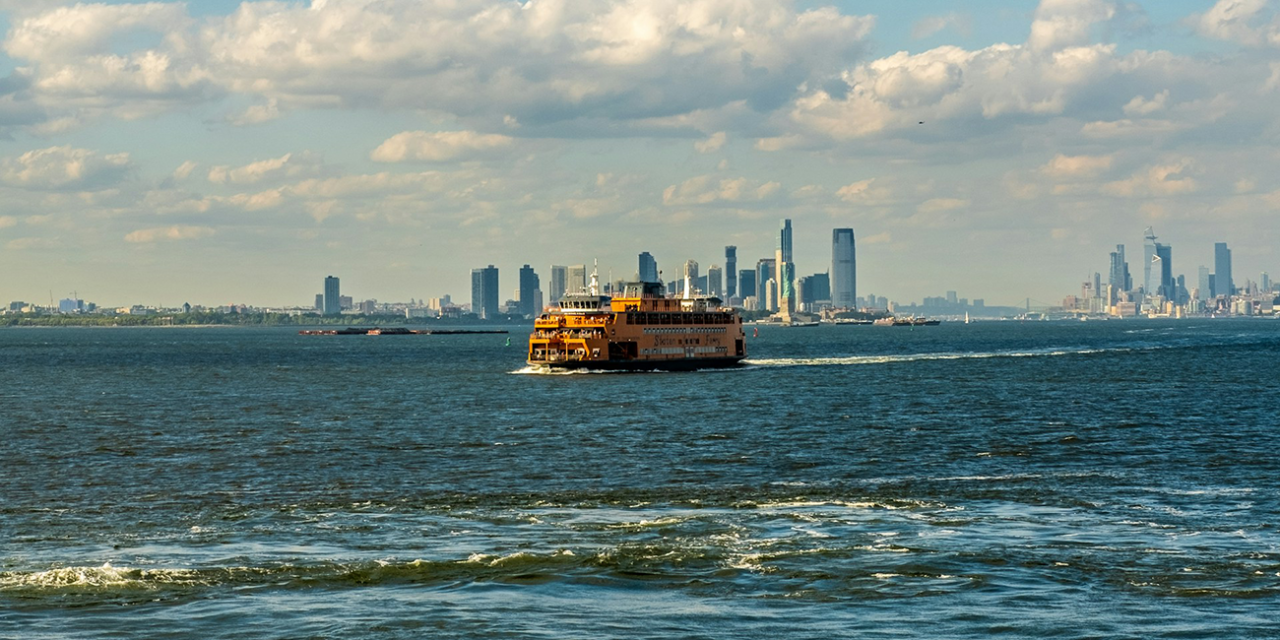Hudson County, New Jersey, located in the northeastern part of the state, boasts a rich history marked by its strategic location, diverse population, and significant contributions to the industrial and cultural development of the region.
This blog post delves into the key phases of Hudson County’s history, from its indigenous beginnings to its modern-day status as a dynamic urban area.
Table of Contents
Indigenous Beginnings
The Lenape People
Before European colonization, the area now known as Hudson County was inhabited by the Lenape people.
The Lenape, part of the larger Algonquian-speaking groups, lived in harmony with the land, utilizing its fishing, hunting, and agriculture resources. Their deep connection to the environment and sustainable practices laid the foundation for the region’s early history.
European Colonization
The Arrival of the Dutch
In the early 17th century, Dutch explorers began to explore and settle the area under the auspices of the Dutch West India Company.
In 1630, Michael Pauw, a director of the company, purchased land from the Lenape and established the settlement of Pavonia, covering parts of present-day Jersey City and Hoboken. The Dutch engaged in the fur trade with the indigenous people and established small farms and trading posts.
The Communipaw Massacre
In 1643, the Communipaw Massacre marked a tragic event in the region’s history.
Dutch soldiers, under the command of Governor Willem Kieft, launched a brutal attack on a Lenape encampment near present-day Jersey City. This event exacerbated tensions between the Dutch settlers and the indigenous people, leading to prolonged conflict.
British Rule
Transition to British Control
The English seized control of the Dutch colonies in 1664, renaming New Amsterdam to New York and Pavonia to Bergen.
Under British rule, Bergen continued to develop, with the establishment of the Town of Bergen in 1660, which became the first permanent European settlement in New Jersey. The British encouraged more settlers to move to the area, leading to increased agricultural and commercial development.
Revolutionary War Era
Strategic Importance
During the American Revolutionary War, Hudson County was strategically significant due to its proximity to New York City and its waterways.
Both American and British forces sought to control the area. Hudson County saw numerous skirmishes and raids as both sides vied for dominance. Local militias were a big role in the conflict, often engaging in guerrilla tactics against British forces.
19th Century Development
Industrialization and Urbanization
The 19th century brought significant changes to Hudson County, transforming it from a rural area into an industrial and urban hub.
The construction of railroads and the Port of New York and New Jersey development facilitated this transformation. Factories, warehouses, and residential areas sprang up, attracting a diverse population of immigrants seeking employment and better living conditions.
Formation of Hudson County
In 1840, Hudson County was officially formed from portions of Bergen County.
This period saw the establishment of essential infrastructure, including schools, churches, and public services. The community continued to grow, becoming increasingly integrated into the greater New York metropolitan area.
20th Century to Present
Modern Urbanization
Hudson County, particularly the cities of Jersey City and Hoboken, evolved into a major urban center in the 20th century.
The area’s industrial base continued to expand, complemented by residential developments and the establishment of cultural and recreational facilities. The construction of major transportation routes, such as the Holland Tunnel and the Pulaski Skyway, further integrated Hudson County into the region’s economic and social fabric.
Revitalization and Gentrification
In recent decades, Hudson County has undergone significant revitalization and gentrification.
Efforts to redevelop the waterfront and attract new businesses and residents have transformed parts of the county into vibrant, desirable neighborhoods. Despite these changes, the area retains much of its historical character, with numerous landmarks and historic sites preserved for future generations.
Fun Things to Do in Hudson County
Historical Sites
- Liberty Science Center: This interactive science museum in Jersey City offers educational exhibits and an IMAX theater.
- Ellis Island and Liberty Island: Accessible from Liberty State Park, these iconic sites offer a deep dive into America’s immigration history and a close-up view of the Statue of Liberty.
Outdoor Activities
- Liberty State Park: Incredible views of the Manhattan skyline and offers opportunities for walking, cycling, and picnicking.
- Hoboken Waterfront: A scenic area perfect for strolling, with parks, playgrounds, and beautiful views of the Hudson River and Manhattan.
Family-Friendly Attractions
- Newport Centre Mall is a large shopping center in Jersey City with various stores, dining options, and entertainment facilities.
- Hoboken Historical Museum: This museum offers exhibits on the city’s history and culture, including its role in the early days of baseball and its birthplace of Frank Sinatra.
Q&A: Exploring Hudson County’s Legacy
Q: What role did the Lenape people play in Hudson County’s early history?
A: The Lenape people were the original inhabitants of the area. They lived in harmony with the land and utilized its fishing, hunting, and agriculture resources.
Q: How did the arrival of the Dutch impact Hudson County?
A: The Dutch established settlements and trading posts, engaging in the fur trade with the indigenous people and laying the groundwork for future European colonization.
Q: What was the significance of the Communipaw Massacre?
A: The massacre marked a tragic event that exacerbated tensions between the Dutch settlers and the Lenape people, leading to prolonged conflict.
Q: How did British rule influence Hudson County’s development?
A: British rule encouraged more settlers to move to the area, leading to increased agricultural and commercial development and the establishment of the Town of Bergen.
Q: What were the key factors in Hudson County’s 19th-century transformation?
A: The construction of railroads and the development of the Port of New York and New Jersey facilitated industrialization and urbanization, attracting a diverse population.
Q: How has Hudson County evolved in recent decades?
A: Recent decades have seen significant revitalization and gentrification, with efforts to redevelop the waterfront and attract new businesses and residents.
The Future of Hudson County, New Jersey
Hudson County’s journey from indigenous lands to a bustling urban center reflects its resilience and adaptability.
As the county continues to grow, it remains committed to preserving its rich historical heritage while embracing new opportunities for development and progress.
The future of Hudson County promises to be as dynamic and inspiring as its past, driven by the same spirit of community and innovation that has defined it for centuries.





